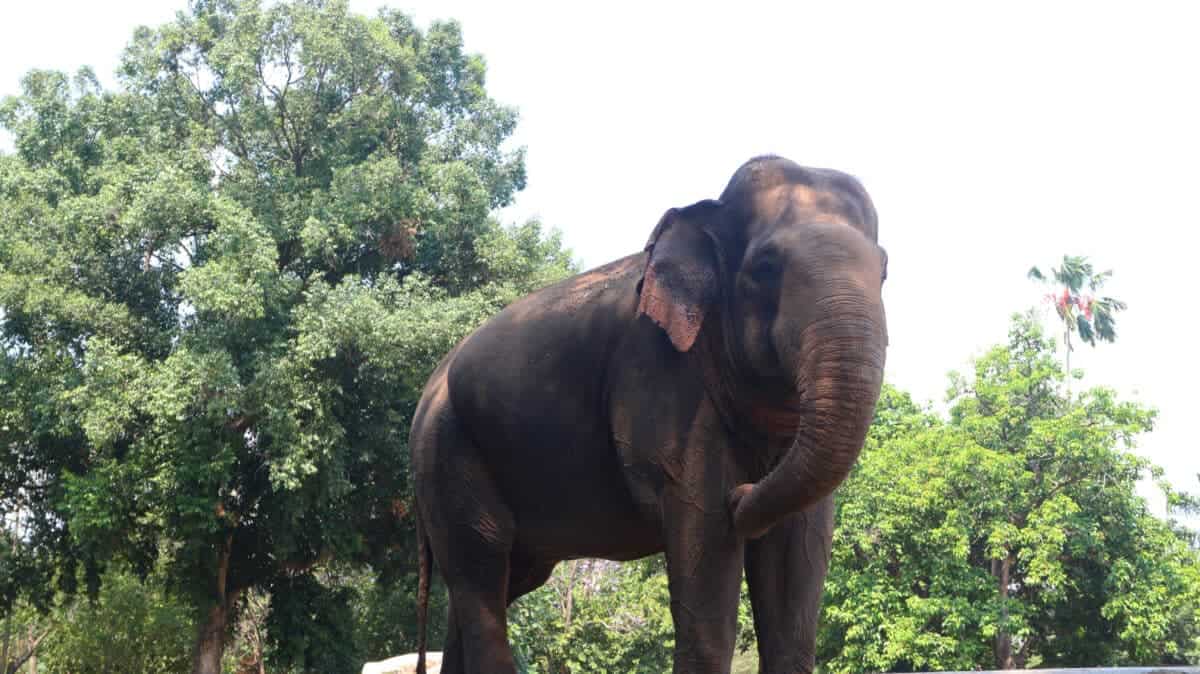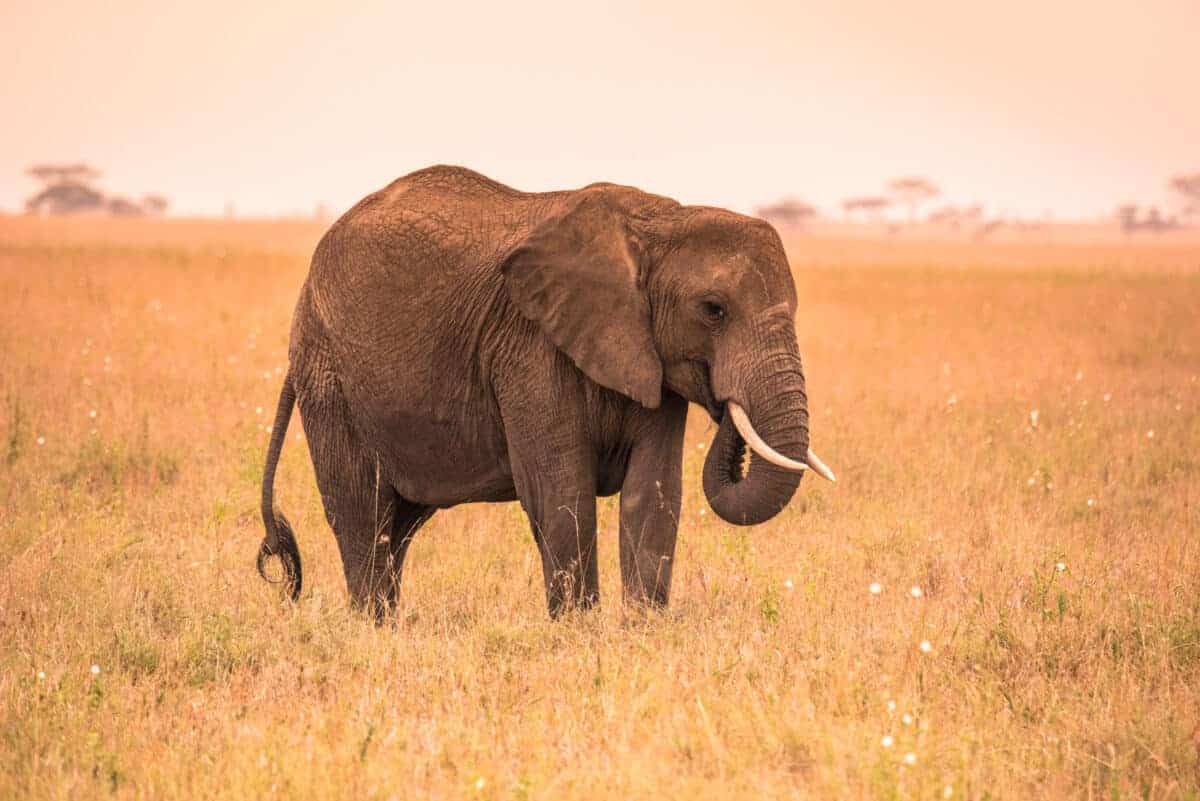A monumental ban, the Canadian government deems the selling and trading of ivory, rhino horn, and hunting trophies illegal.
From elephants to rhinos, the current climate is grim, with both species facing question marks on their future because of habitat loss, human-wildlife conflict, and, most critically, poaching for ivory.

But, amidst bad news, which has lingered over these animals for decades, is a glimmer of hope, thanks to the Humane Society International/Canada, as well as 700,000 individuals who signed the petition to ban ivory, rhino horn, and trophy imports.
In recent years and beyond, Canada has been at the forefront of the legal ivory trade, with the United Nations wildlife trade organization reporting that 16 rhino horns, 450 African elephant tusks, 44 rhino trophies, and 81 elephant trophies have been imported within Canadian borders. And it’s all been on the books.

Thankfully, as of January 8, 2024, this is all set to change. The question now remains: Will other countries follow suit?
Current Status of Elephants and Rhinos
Among the most critically endangered animals, elephants and rhinos face severe threats to their survival, primarily due to poaching and habitat loss. The Sumatran Elephant, a subspecies of Asian elephant, confronts habitat fragmentation and human-wildlife conflict in Indonesia. With a population estimated at less than 2,800, urgent conservation measures are imperative to ensure their continued existence.

Rhinos, particularly the Javan Rhino and the Northern White Rhino, are on the brink of extinction. The Javan Rhino’s population of around 70 individuals is confined to Ujung Kulon National Park, facing the dual challenges of habitat loss and the risk of disease outbreak. The Northern White Rhino, with only two remaining females, represents a heartbreaking symbol of the devastating impact of poaching for their horns. Conservationists are employing innovative approaches, including assisted reproductive technologies, to rescue these species from the brink.

The plight of elephants and rhinos emphasizes the need for comprehensive conservation strategies, anti-poaching measures, and international collaboration to combat illegal wildlife trade and protect their habitats. Preserving these iconic species not only contributes to biodiversity but also maintains the ecological balance of their respective ecosystems. Global efforts are crucial to ensure the survival of these majestic animals for future generations.
The Role of CITES
The Convention on International Trade in Endangered Species of Wild Fauna and Flora (CITES) is a pivotal international agreement aimed at safeguarding global biodiversity.
Established in 1973, CITES regulates and monitors the international trade of endangered plants and animals to ensure it does not threaten their survival. Member countries like Canada, currently numbering over 180, collaborate to categorize species into Appendices based on their conservation status and control their international trade accordingly. CITES plays a crucial role in preventing the exploitation of endangered species for commercial purposes, addressing the challenges of illegal wildlife trade, and promoting sustainable use. The agreement fosters international cooperation, encourages conservation efforts, and emphasizes the interconnectedness of global ecosystems in the face of growing threats to wildlife.

Join our Forum for free today!

- Second American Killed by Elephant in Zambia This Year - July 22, 2024
- Elderly Man Kills Grizzly Bear in Montana - July 22, 2024
- Missing Cat Found Weeks Later, 40 Miles Away - July 21, 2024

